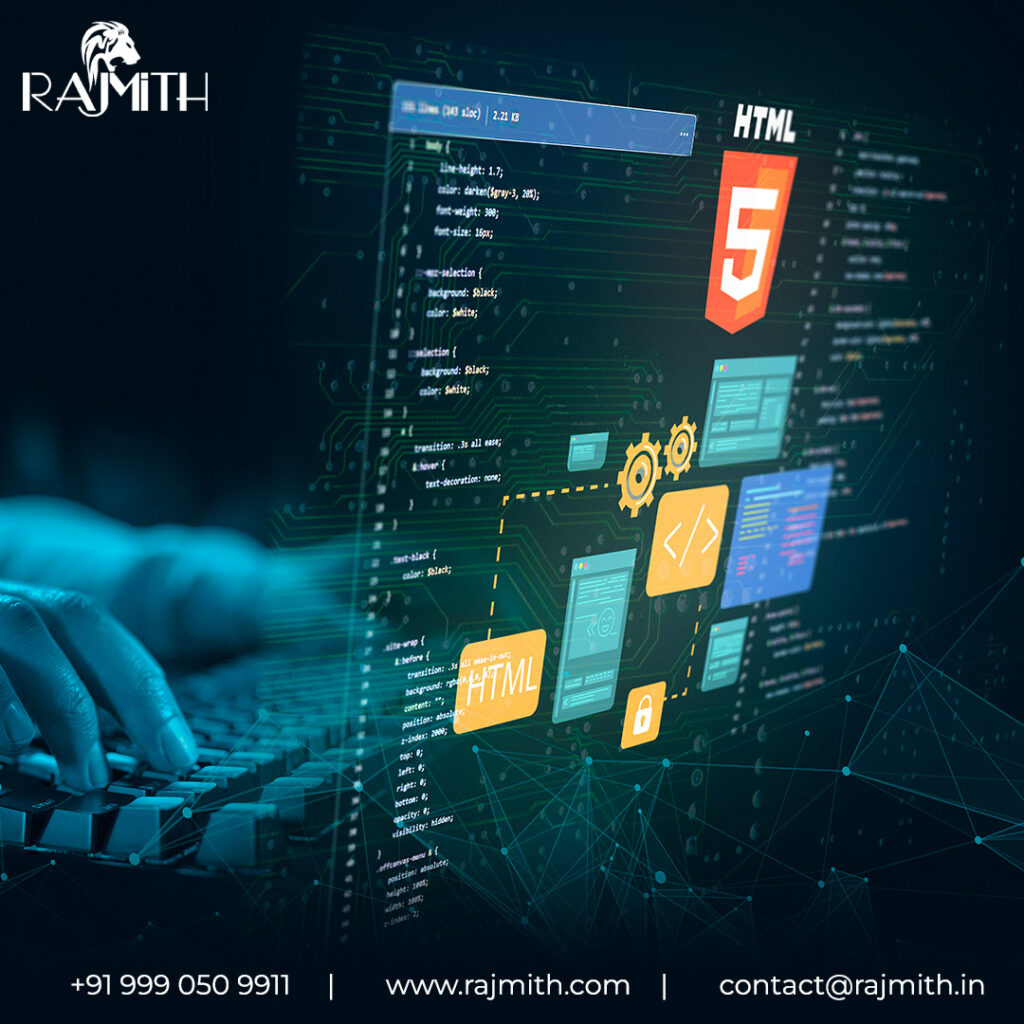Digital transformation is the current reality, and every business must adapt to it to stay competitive. The impact of artificial intelligence (AI) cannot be denied in this context, leading companies to manage video content through various enterprise video platforms.
video has always been considered a powerful marketing tool, but managing and leveraging it effectively becomes challenging with increased content volume. Any enterprise platform powered by AI video analytics and machine learning helps solve this complexity. This enables businesses to optimise video content for marketing, training, and communication.
Leveraging AI Video Analytics in 2025
The Generative AI market is estimated to reach over $1.3 trillion by 2032 (Source: Bloomberg), with a compound annual growth rate (CAGR) of 42%. This rapid growth highlights the increasing importance of AI video analytics in helping companies manage videos efficiently.
Organizations adopting AI video analytics should consider the following points to understand how to leverage it effectively:
- Data Collection and Annotation
Effective video analytics starts with the collection and annotation of data. This is arguably the most significant step in the process. Without good data, every subsequent step within a company’s system could be compromised.
Companies must identify the specific task or problem they want to solve before leveraging AI video analytics for further assistance. This helps determine what kind of data should be collected from their video cameras.
Then, relevant video footage is collected and labelled with several annotations marking people, objects, and activities of interest in each video frame.
- Model Training
Models act like the engines of all kinds of AI video analytics applications. The annotated video data helps companies train machine-learning models. During training, the models also learn to identify patterns and relationships within the video data. This helps easily detect and classify people, objects, or activities of interest in future videos.
- Application Development
Application development builds upon trained models and acts as the bridge between the model’s capabilities and real-world usage. It usually involves integrating the trained models into software applications. Developers usually leverage specialized tools and libraries to make the models interact with user interfaces, process new data, and connect with other systems.
- Deployment
Deployment is how companies usually get the applications out into the real world to start analyzing all kinds of live video streams or recorded footage. When the application detects an event of interest like any intrusion or safety hazard, it can easily trigger pre-programmed actions like activating security measures, sending alerts, or integrating data with other systems for further analysis.
- Analytics
An AI video analytics dashboard is where the real-time data of organisations gets packaged into the most actionable insights. It can be easily customised according to the specific needs of a company, showing them the data most important to their specific operations.
Organisations can also use the analytics dashboard to glean patterns and spot aberrations quickly to make better business decisions. What’s more, they can view trends over time to make predictions and get a comprehensive view of all operations.
Future Trends in AI Video Analytics
As technology transforms with time, so too does AI video analytics and its applications across organisations. Future trends indicate a closer integration with IoT devices and an instrumental role in the development of smart industries, smart factories, smart retail stores, and more.
The convergence of AI video analytics and IoT devices is going to offer unprecedented levels of operational intelligence. This, in turn, enables real-time responses to several scenarios, from traffic management to environmental monitoring. Cameras that integrate efficiently with a network of sensors, to deliver real-time data could be the game-changers for nearly any industry.
For instance, a smart factory might leverage facial recognition to trigger security measures and identify unauthorized personnel. Meanwhile, thermal cameras teamed up with AI could easily detect equipment overheating which prompts preventive maintenance alerts before breakdowns occur.
The possibilities are endless, with applications in retail analytics, traffic management, and even personalized healthcare. This interconnected future promises optimized operations, enhanced security, and a new level of proactive decision-making.
Because cameras are widely used across enterprises, upgrading to AI-powered video analytics will quickly become the norm for all companies, especially as AI technology continues to improve and becomes more ubiquitous.
Bottom Line
It is already evident that AI will be a cornerstone of enterprise video platforms in 2025. This implies that AI video analytics will transform how businesses manage and deliver video content.
The future of video management will specifically be going to focus on producing high-quality content and leveraging AI to create personalized, more thoughtful, and highly efficient strategies. Early adopters of AI-powered tools within video content management systems will also gain a significant competitive edge. These businesses will see streamlined workflows, reduced costs, and improved viewer engagement.
Moreover, integrating AI into enterprise video portals and video CMS, and will ensure content is accessible, scalable, and impactful across all platforms and audiences. Now is the time for businesses of every size to embrace AI-driven video hosting and management solutions to future-proof their respective strategies.
Looking to implement AI-powered video analytics for your enterprise?
Contact Tata Elxsi for a demo or consultation

